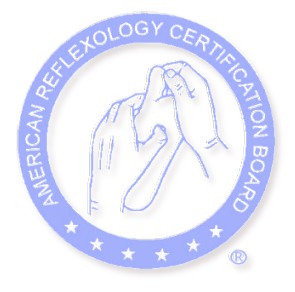Massage and Cancer Care
A diagnosis no one wants to hear…
Cancer can leave you feeling frightened, uncertain and powerless. But if you or a loved one is facing cancer, it’s important to have hope. In many cases, cancer can be cured, especially when it’s detected early. There are more treatments available now than ever before to cure cancer or slow it from spreading, relieve its symptoms, and help you live a healthier life.
It’s also important to know how you can supplement your healthcare treatment with natural drug-free therapy such as massage therapy. According to the American Cancer Society, massage appears promising for symptom management and improving quality of life. Massage is being recognized by a growing number of healthcare professionals as a useful addition to conventional treatment.
Research studies show massage therapy can reduce stress, anxiety, depression, pain and fatigue. Recent studies conducted with cancer patients support the use of massage for short-term symptom relief.
Understanding treatments and their side effects
Cancer is an overall term for a group of diseases that occur when cells begin to reproduce abnormally, eventually damaging or killing healthy tissue.
Most cancers are named according to where they begin in the body, and there are more than 100 different types.
The most common are breast cancer, skin cancer, lung cancer, colon cancer, and prostate cancer.
Your treatment plan will be based on many factors, including the type and stage (how far it has spread) of the cancer and your overall health.
While cancer treatments have proven to be effective, they do have serious side effects to take into account.
The most common treatments include:
Surgery: Performed to remove the cancer if possible. Surgery may be used alone or along with radiation therapy, chemotherapy, or biological therapy.
Chemotherapy: The use of medications to destroy cancer cells. Chemotherapy generally lasts from 3 to 9 months, and can have side effects including fatigue, nausea, vomiting, hair loss, early menopause, and hot flashes.
Radiation Therapy: The use of high doses of radiation to destroy the cancer cells. Side effects generally include fatigue, hair loss, and skin darkening at the site of the treatment.
Biological Therapy: This treatment works by boosting the body’s immune system to fight cancer cells. Side effects depend on the specific type of therapy, but they can include rashes or swelling, flu-like symptoms, fatigue, nausea, and loss of appetite.
Human touch empowers cancer patients
Massage therapy studies conducted with breast cancer patients awaiting mastectomies showed an increased sense of body awareness, an increased connection with treatment and empowerment in their own healing process. In another study, hospitalized cancer patients reported relief from the perception of pain and anxiety.
Another research study showed a significant decrease in the intensity of pain felt by cancer patients when their treatment involved therapeutic massage sessions.
Other benefits of therapeutic massage on helping cancer patients to cope include:
- Improved quality of life
- Better sleep
- Anxiety relief
- Improved psychological well-being
- Decreased pain
- Decreased anxiety and depression
- Decreased anger and hostility
- Stronger immune system
- Increased levels of dopamine and serotonin (used by the body to regulate mood and behavior)
What types of massage are beneficial?
Massage for individuals going through treatment can be useful and beneficial. The following types of massage are indicated for cancer patients being mindful of the patient’s resilience due the intense effects of cancer treatments:
- Swedish massage
- Deep tissue massage
- Lymphatic drainage
- Reflexology
- Aromatherapy
What can you do?
Whether you are healthy or you have been diagnosed with cancer it is always important to follow these self-care tips:
- Eat a low-fat healthy diet with lots of fruits and vegetables, and whole grains.
- Exercise regularly to control weight.
- Use sunscreen.
- Stop smoking and other tobacco use.
- Take advantage of early cancer screenings.
Make massage part of your self-care regimen, schedule a massage today!
References
http://altmedicine.about.com/od/cance1/a/massage_cancer.htm




